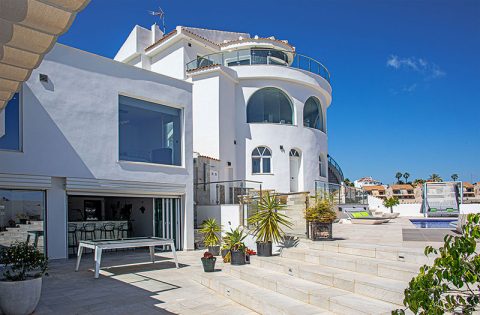Twenty Internet service providers have committed to offering lower rates to low-income Americans, according to a statement released by the Biden administration on Monday. This is a move that could make tens of millions more households eligible for free Internet access through an already existing federal subsidy.
In the $1 trillion infrastructure package passed by Congress last year, $14.2 billion was allocated for the Affordable Connectivity Program, which provides millions of low-income people with $30 monthly discounts on Internet service (or $75 in tribal territory).
A new commitment from Internet service providers will make it possible for approximately 48 million households to sign up for $30 monthly plans for service that is 100 megabits per second or higher-speed — allowing them to have their Internet service completely covered by the government subsidy if they choose to sign up with one of the providers participating in the programme.
While running for president and pushing for the infrastructure package, Biden called increasing high-speed Internet access in rural and low-income areas a top goal, and he has maintained this position since taking office in 2009. He has spoken out on numerous occasions about low-income families who have been forced to obtain reliable internet access in order for their children to participate in remote schooling and complete homework assignments during the early stages of the coronavirus pandemic, a situation he has described as “tragic.”
Following the White House’s announcement, the 20 Internet service providers who have agreed to reduce their prices for qualified consumers provide service in areas where 80 percent of the United States’ population, including 50 percent of the rural population, resides, according to the White House. In order to compensate for the federal government’s subsidies in these areas, participating firms who provide services on tribal land will levy a fee of $75 per mile travelled in those areas.
Earlier in the day on Monday, Vice President Joe Biden and Vice President Kamala Harris were slated to meet with telecom CEOs, members of Congress, and others to raise awareness of the campaign aimed at increasing low-income families’ access to high-speed Internet.
There are a number of providers, including Allo Communications, AltaFiber (and Hawaiian Telecom), Altice USA (Optimum and Suddenlink), Astound, AT&T, Comcast, Breezeline, Frontier, IdeaTek, Cox Communications, Jackson Energy Authority, MediaCom, MLGC, Spectrum (Charter Communications), Starry, Verizon (Fios only), Vermont Telephone Co., Vexus Fiber, and Wow! There is access to the internet, cable television, and a television set.
Americans with incomes at or below 200 percent of the federal poverty level, as well as those who receive benefits from one of several programmes, such as the Supplemental Nutrition Assistance Program (SNAP), the Federal Public Housing Assistance (FPHA), and the Veterans Pension and Survivors Benefit, may be eligible for Affordable Connectivity Program subsidy assistance (VPSB).










